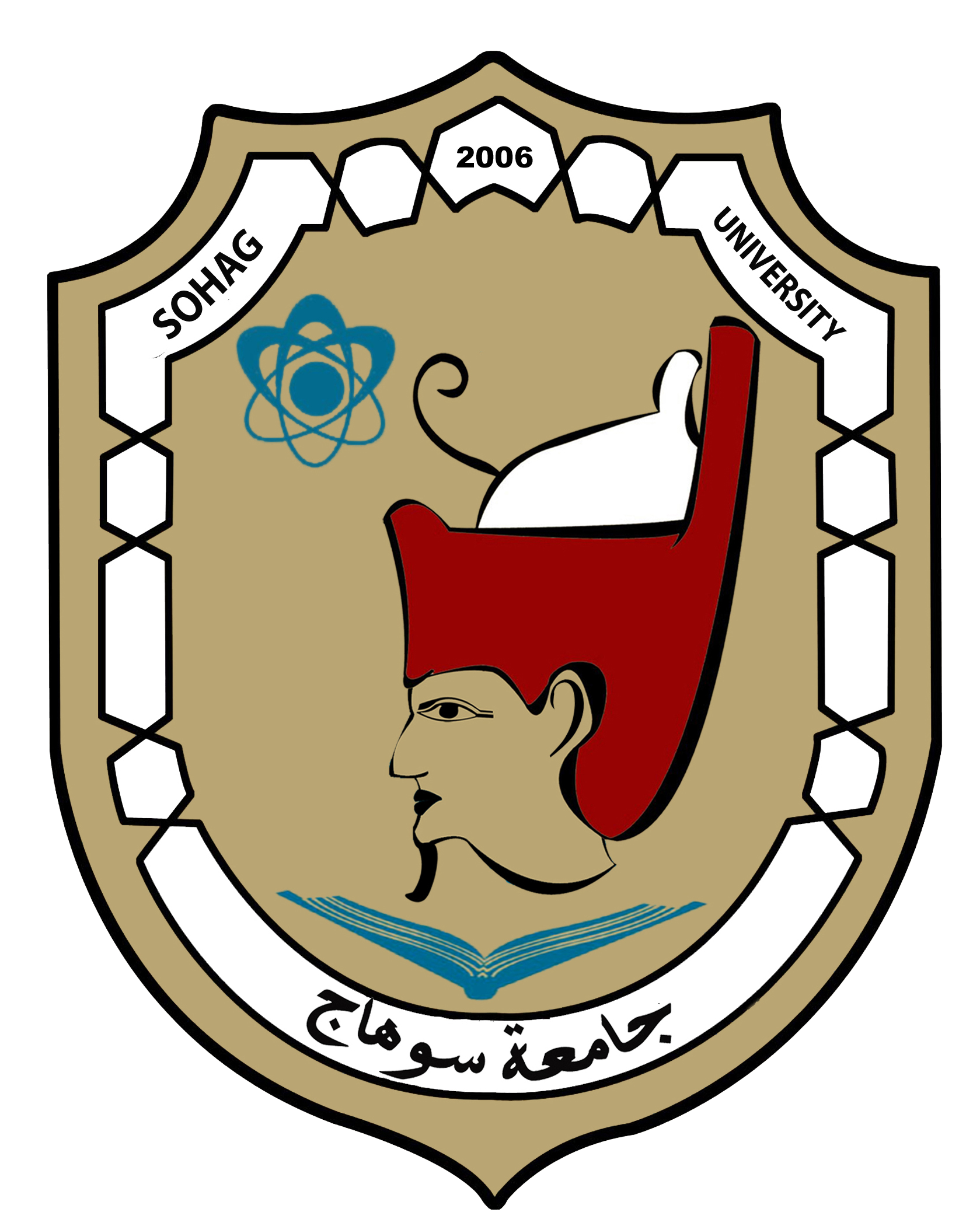اشترك بالحزمة الذهبية واحصل على وصول غير محدود شمرا أكاديميا
تسجيل مستخدم جديدNodal Landau Fermi-Liquid Quasiparticles in Overdoped La$_{1.77}$Sr$_{0.23}$CuO$_4$
300
0
0.0
(
0
)
اسأل ChatGPT حول البحث

ﻻ يوجد ملخص باللغة العربية
Nodal angle resolved photoemission spectra taken on overdoped La$_{1.77}$Sr$_{0.23}$CuO$_4$ are presented and analyzed. It is proven that the low-energy excitations are true Landau Fermi-liquid quasiparticles. We show that momentum and energy distribution curves can be analyzed self-consistently without quantitative knowledge of the bare band dispersion. Finally, by imposing Kramers-Kronig consistency on the self-energy $Sigma$, insight into the quasiparticle residue is gained. We conclude by comparing our results to quasiparticle properties extracted from thermodynamic, magneto-resistance, and high-field quantum oscillation experiments on overdoped Tl$_2$Ba$_2$CuO$_{6+delta}$.
قيم البحث
اقرأ أيضاً
Recently, several experiments on La$_{2-x}$Sr$_x$CuO$_4$ (LSCO) challenged the Fermi liquid picture for overdoped cuprates, and stimulated intensive debates [1]. In this work, we study the magnetotransport phenomena in such systems based on the Fermi
liquid assumption. The Hall coefficient $R_H$ and magnetoresistivity $rho_{xx}$ are investigated near the van Hove singularity $x_{tinytext{VHS}}approx0.2$ across which the Fermi surface topology changes from hole- to electron-like. Our main findings are: (1) $R_H$ depends on the magnetic field $B$ and drops from positive to negative values with increasing $B$ in the doping regime $x_{tinytext{VHS}}<xlesssim0.3$; (2) $rho_{xx}$ grows up as $B^2$ at small $B$ and saturates at large $B$, while in the transition regime a nearly linear behavior shows up. Our results can be further tested by future magnetotransport experiments in the overdoped LSCO.
The superfluid density of overdoped La$_{2-x}$Sr$_x$CuO$_4$ thin films of high quality have been measured with Tc (defined by the onset of the Meissner effect) from 5.1 to 41.6 K by Bosovic et al. Given this Tc the superfluid density shows no clear e
vidence of critical fluctuations and no indication of vortex unbinding as T->Tc. Nevertheless, the superfluid density displays the expected behavior for for a quantum phase transition (QPT) in the (3+1)D-xy universality class, rho(T=0)~Tc^2. However, this relation is also a hallmark of dirty superconductors, treated in the mean-field approximation. Here we attempt to clear out the nature of the suppression of ro(T) as Tc->0. Noting that for any finite system the continuous transition will be rounded we perform a finite size scaling analysis. It uncovers that the ro(T) data data are consistent with a finite length limited 3D-xy transition. In some films it is their thickness and in others their inhomogeneity that determines the limiting length. Having established the precondition for the occurrence of a QPT mapping on the (3+1) D-xy model, we explore the consistency with the hallmarks of this transition. In particular with the relations rho(T)/rho(0)=1-ycT/Tc, rho((0)^Tc^2, yc=alpha*Tc/ro(0), where alpha is the coefficient in rho(T)=rho(0)-alphaT as T->0. The emerging agreement with these characteristics points clearly to a quantum fluctuations induced suppression, revealing the crossover from the thermal to the quantum critical regime as Tc ->0. In the classical-quantum mapping it corresponds to a 3D to (3 + 1)D crossover.
We study superconducting properties in multilayer thin films consisting of superconducting La$_{1.85}$Sr$_{0.15}$CuO$_4$ (LSCO) and Mott insulator Sr$_2$IrO$_4$ (SIO) and report enhanced superconductivity in optimized sample. These multilayer heteros
tructures show an increase in superconducting transition temperature ($T_C$) as compared to the single layer LSCO films. The temperature dependence of SIO single layer is also investigated under thermal activation, Arrhenius-type behaviour, and variable-range hopping mechanisms for different temperature regimes. The decrease in $T_C$ beyond an optimum thickness of LSCO in these multilayers is analyzed in the framework of a model based on the assumption of induced superconductivity in SIO-LSCO interface due to the doping of La and/or oxygen deficiencies into SIO layers
We investigate whether the spin or charge degrees of freedom are responsible for the nodal gap in underdoped cuprates by performing inelastic neutron scattering and x-ray diffraction measurements on La$_{2-x}$Sr$_x$CuO$_4$, which is on the edge of th
e antiferromagnetic phase. We found that fluctuating incommensurate spin-density-wave (SDW) with a the bottom part of an hourglass dispersion exists even in this magnetic sample. The strongest component of these fluctuations diminishes at the same temperature where the nodal gap opens. X-ray scattering measurements on the same crystal show no signature of charge-density-wave (CDW). Therefore, we suggest that the nodal gap in the electronic band of this cuprate opens due to fluctuating SDW with no contribution from CDW.
We present results of inelastic light scattering experiments on single-crystalline La$_{2-x}$Sr$_{x}$CuO$_4$ in the doping range $0.00 le x=p le 0.30$ and Tl$_2$Ba$_2$CuO$_{6+delta}$ at $p=0.20$ and $p=0.24$. The main emphasis is placed on the respon
se of electronic excitations in the antiferromagnetic phase, in the pseudogap range, in the superconducting state, and in the essentially normal metallic state at $x ge 0.26$, where no superconductivity could be observed. In most of the cases we compare B$_{1g}$ and B$_{2g}$ spectra which project out electronic properties close to $(pi,0)$ and $(pi/2, pi/2)$, respectively. In the channel of electron-hole excitations we find universal behavior in B$_{2g}$ symmetry as long as the material exhibits superconductivity at low temperature. In contrast, there is a strong doping dependence in B$_{1g}$ symmetry: (i) In the doping range $0.20 le p le 0.25$ we observe rapid changes of shape and temperature dependence of the spectra. (ii) In La$_{2-x}$Sr$_{x}$CuO$_4$ new structures appear for $x < 0.13$ which are superposed on the electron-hole continuum. The temperature dependence as well as model calculations support an interpretation in terms of charge-ordering fluctuations. For $x le 0.05$ the response from fluctuations disappears at B$_{1g}$ and appears at B$_{2g}$ symmetry in full agreement with the orientation change of stripes found by neutron scattering. While, with a grain of salt, the particle-hole continuum is universal for all cuprates the response from fluctuating charge order in the range $0.05 le p < 0.16$ is so far found only in La$_{2-x}$Sr$_{x}$CuO$_4$. We conclude that La$_{2-x}$Sr$_{x}$CuO$_4$ is close to static charge order and, for this reason, may have a suppressed $T_c$.
سجل دخول لتتمكن من نشر تعليقات
التعليقات
جاري جلب التعليقات


سجل دخول لتتمكن من متابعة معايير البحث التي قمت باختيارها


